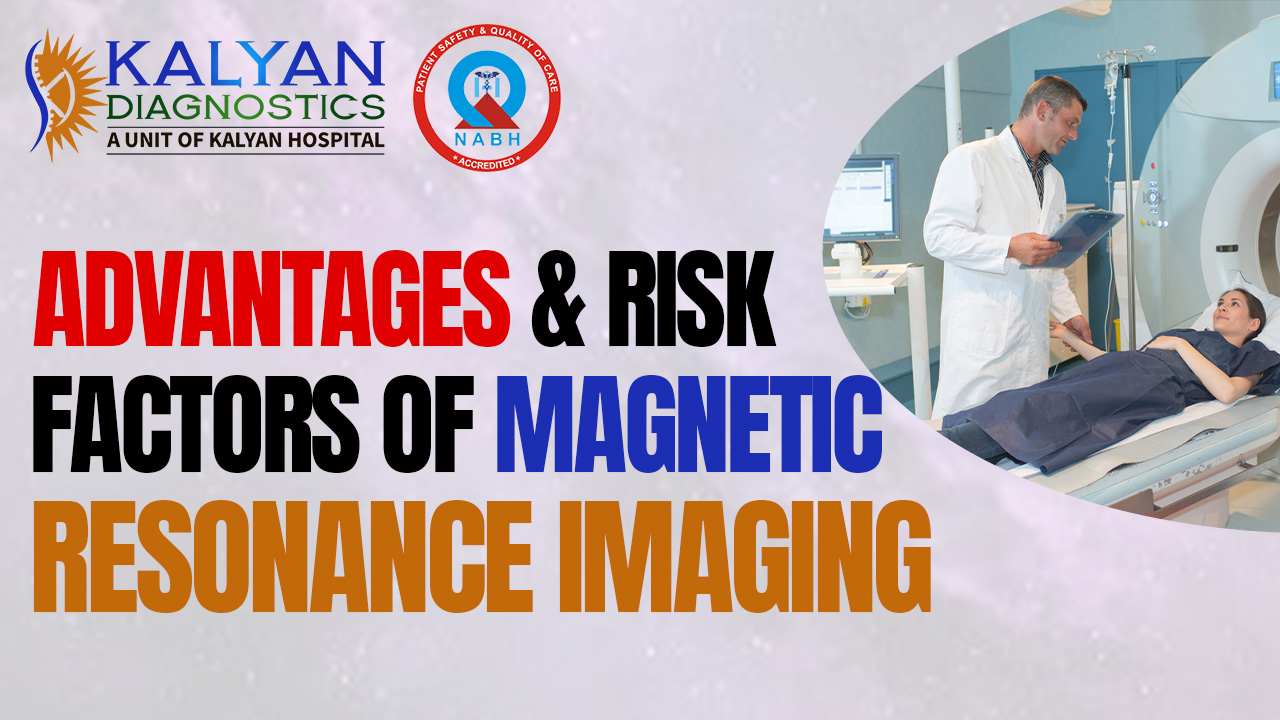The different types of tests tell you about the different problems that can occur in your body. MRI is a type of scan and stands for Magnetic resonance imaging. MRI is a type of diagnostic test that can create clear and detailed images of every structure and organ inside the body. MRI uses magnets and radio waves to produce images on a computer. MRI does not use ionizing radiation. Images produced by an MRI scan can show organs, bones, muscles and blood vessels. For getting a better quality MRI scan, book an appointment with the Diagnostic center in Ludhiana.
What is the definition of MRI?
The majority of the people have heard about the MRI which is an abbreviation that stands for Magnetic Resonance Imaging. Radio Waves and powerful magnets are used to take the image from the depth of the human body. MRI images give you the correct and proper information about each and everything that is going on inside your body.
What can you expect during the knee MRI?
You have to follow the following procedure during the MRI.
- Clothing: After reaching the hospital, you have to change your clothes and wear a gown for taking the X-rays.
- Remove Metal Items: Before the MRI, you’ll need to remove any metal objects, including jewelry, watches, and hairpins, as they can interfere with the magnetic field.
Procedure:
- Positioning: You will be positioned on a moveable examination table, typically lying on your back. The knee that is being imaged will be placed in a coil, which is an essential part of the MRI machine.
- Securing: Straps or pads may be used to help you stay still and maintain the correct position during the imaging process.
- Contrast Agent: In some cases, a contrast agent may be injected into a vein to enhance the visibility of certain structures. It is not always required for a Knee MRI.
- Machine Noise: The MRI machine can produce loud knocking or tapping sounds during the scan. You may be provided with earplugs or headphones to minimize the noise.
- Communication: Throughout the procedure, you will have a way to communicate with the MRI technologist, usually through an intercom system. They will guide you through the process and let you know when to hold still or change positions.
What does a Knee MRI show?
A MRI scan shows the condition of the knee from different sides.
- Degenerative disorders such as arthritis.
- Tumors.
- Bone fractures.
- Injuries that occur because of Trauma.
- Sport-related injuries.
- The damaged meniscus, tendons, cartilage, and ligaments.
- Issues with medical device implants.
- Reduce knee joint motion.
- Infection in the knee.
- Fluid buildup.
Benefits of MRI Scan
MRI scans can be beneficial for taking images of the different parts of the body. It takes images of the Head, joints, abdominal area, and other parts from different directions. Your tissues become less contrasty in MRI than in the CT scan and other different imaging scans. These images provide information to physicians and can be useful in diagnosing a wide variety of diseases and conditions.
Risk factor of the MRI scans
The images are made without the use of ionizing radiation. Patients do not see the harmful effects of ionizing radiation. But while there are no known health hazards from temporary exposure involves a strong, static magnetic field, a magnetic field that changes with time (pulsed gradient field), and radiofrequency energy, each of which carries specific safety concerns:
- The strong, static magnetic field will attract magnetic objects (from small items such as keys and cell phones to large, heavy items such as oxygen tanks and floor buffers) and may cause damage to the scanner or injury to the patient or medical professionals if those objects become projectiles. Careful screening of people and objects entering the MR environment is critical to ensure nothing enters the magnet area that may become a projectile.
- The magnetic fields that change with time create loud knocking noises, which may harm hearing if adequate ear protection is not used. They may also cause peripheral muscle or nerve stimulation that may feel like a twitching sensation.
- The radiofrequency energy used during the MRI scan could lead to heating of the body. The potential for heating is greater during long MRI examinations.
The diagnostic center does the MRI with a prescription that is given by a doctor who is well-qualified and experienced. Book an appointment with Kalyan Diagnostics for better-quality scans, and it is also one of the best centers for MRI Test in Ludhiana.

